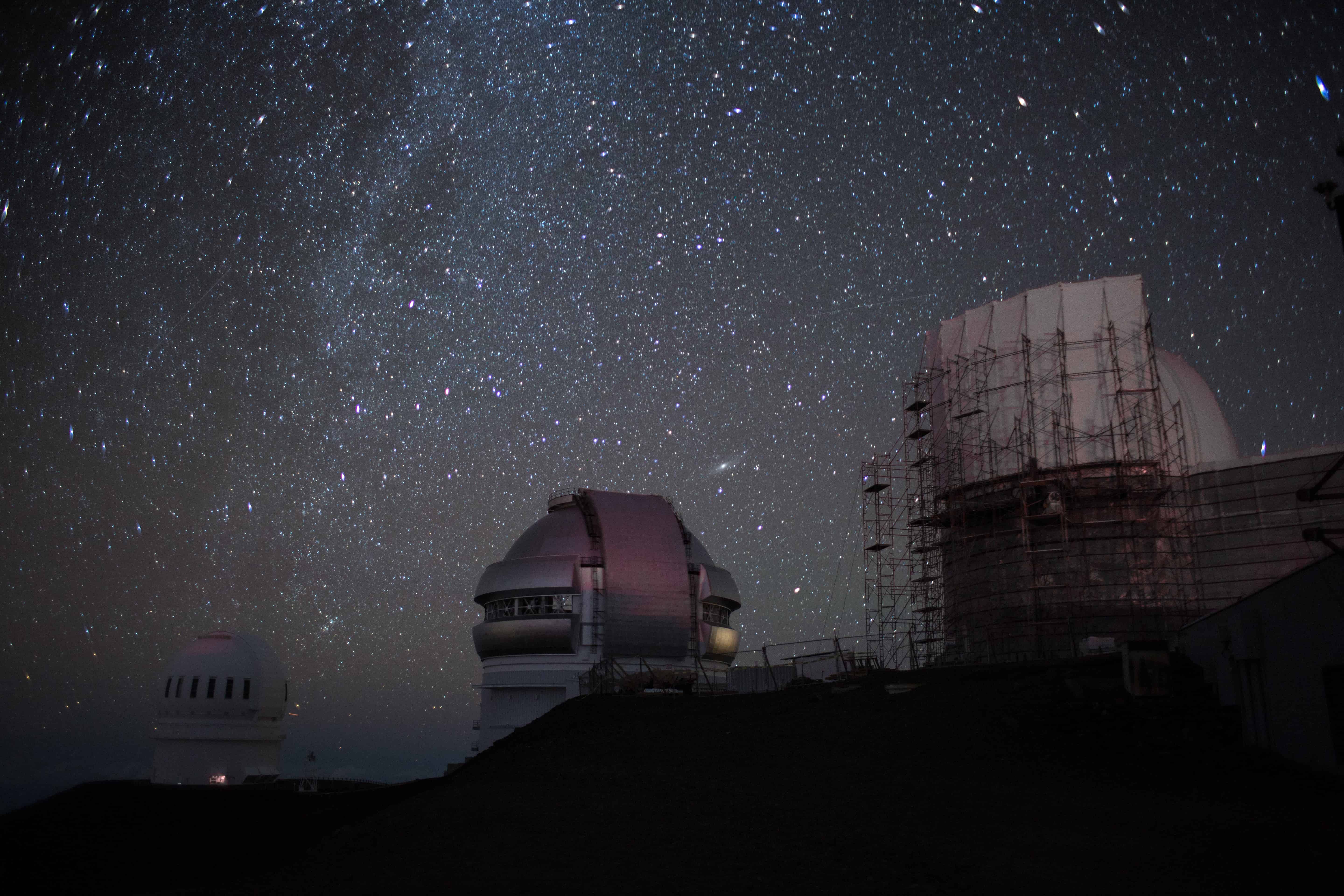
With the Multi Unit Spectroscopic Explorer (MUSE) instrument on ESO’s Very Large Telescope (VLT), an international research team connected to the European Southern Observatory (ESO) has once again captured impressive images. This time, the images show a region of newly formed stars in the Large Magellanic Cloud (LMC), a satellite galaxy of the Milky Way. Due to the usually very dusty environment, such areas are less visible, but the relatively small amount of dust in the LMC and and MUSE’s acute vision allowed intricate details of the region to be picked out in visible light.
The Large Magellanic Cloud is visible mainly from the southern hemisphere and is only about 160,000 light-years away from Earth – practically on our doorstep. The region known as LHA 120-N 180B – N180 B for short – is a type of nebula known as an H II region (pronounced “H two”), and is a fertile source of new stars.

H II regions are interstellar clouds of ionized hydrogen – the bare nuclei of hydrogen atoms. These regions are known to be stellar nurseries, and the newly formed massive stars are responsible for the ionization of the surrounding gas. N180 B is made up of a gargantuan bubble of ionized hydrogen surrounded by four smaller bubbles.
UV radiation from massive stars
“Such ‘bubbles’ always form when new stars are formed that are bright and hot enough to ionize their surroundings. This process requires at least UV radiation emitted by massive stars. Massive usually means more than 8 times the mass of the sun,” explains Dr. Markus Nielbock from the Haus der Astronomie in Heidelberg. “Most of the time, a very small shell of ionized gas is formed around such a new star, called the ultra-compact H II region.”
Over time, this shell expands until correspondingly large bubbles form. “These can be observed as luminous gas nebulae. The light emitted by the gas atoms when they change from an ionized to a neutral atom is responsible for the glow. Their size depends on the intensity and temperature of the star. Often, several stars form from one and the same cloud, so that the shells of several massive stars unite.” Such bubbles are by no means new, emphasizes Nielbock. “They can be found wherever such stars are formed. The most famous example is probably the Orion Nebula.” Therefore, this bubble of ionized, luminous gas was no surprise.
The longest jets of the universe
However, the clarity of the jet, that MUSE discovered deep within the glowing cloud, was new to the scientists. A jet is a massive, young stellar object with a mass 12 times greater than our Sun and is emitted by a fledgling star. This jet, shown in detail in the picture above, is named Herbig-Haro 1177, HH 1177 for short, and is the first jet that has been observed in visible light outside the Milky Way. “From the analysis, together with other data, one could theoretically determine the temperature and density of the gas as well as the age of the stars,” says Nielbock. But that was not the unique discovery of the project.

“What is actually new is the fact that it was possible to observe the jet of the young star (or protostar) in visible light. As already mentioned, these are often hidden behind dust veils, so that they can only be detected in the infrared,” the scientist continues. “Since this is a massive star, it shows that massive stars, like the Sun, are formed by the accumulation of matter over a protostellar disk. This is something that is not fully understood until today.”
It all depends on the wavelength
However, the relatively dust-free environment of the LMC allows HH 1177 to be observed at visible wavelengths. With a length of almost 33 light years it is also one of the longest jets ever observed and gives an insight into the early lives of stars. The beam is highly collimated and barely spreads out as it travels. Jets like this are associated with the accretion discs of their star, and can shed light on how fledgling stars gather matter.
“Jets like this are always an indication that material above such disks falls onto a central, compact object,” explains Nielbock. “The intense processes at the center of such a disk launch jets that fling away part of the material. The speed of the jet was measured with the MUSE instrument using the Doppler-effect. The spectral lines are shifted by the speed to shorter wavelengths (movement towards us) and longer wavelengths (movement away from us).”
Photos: © ESO







